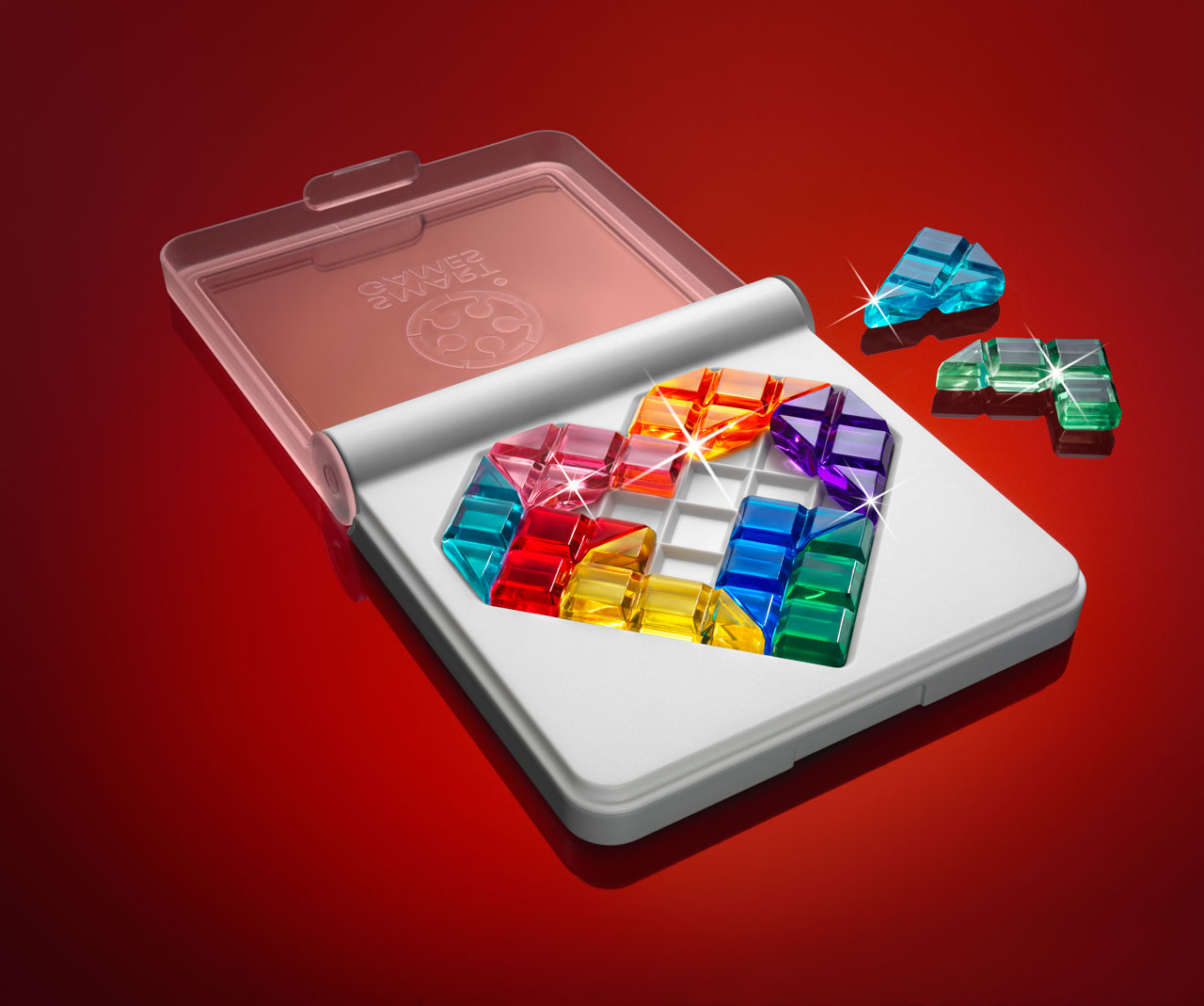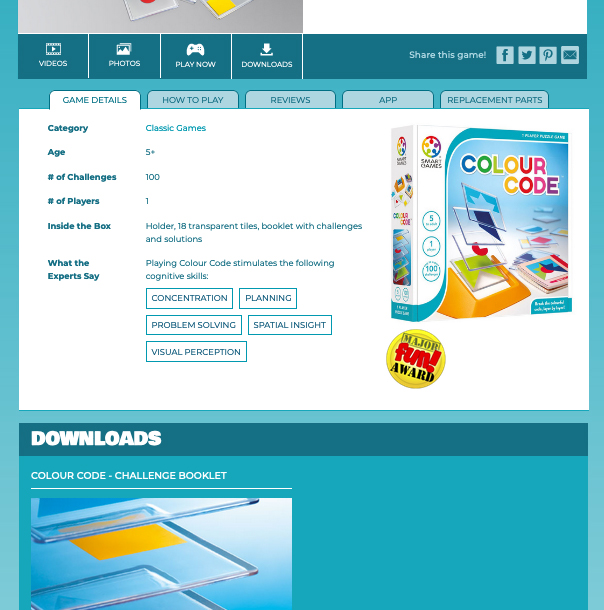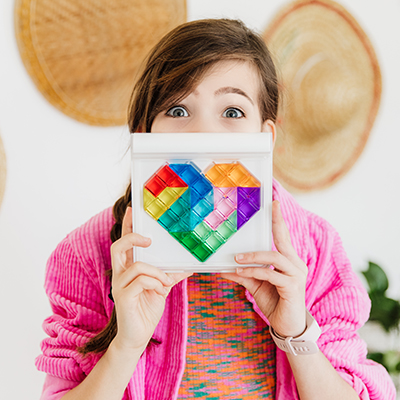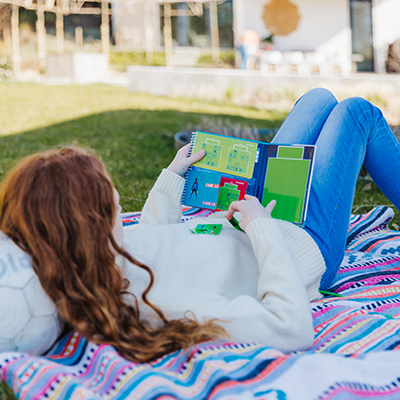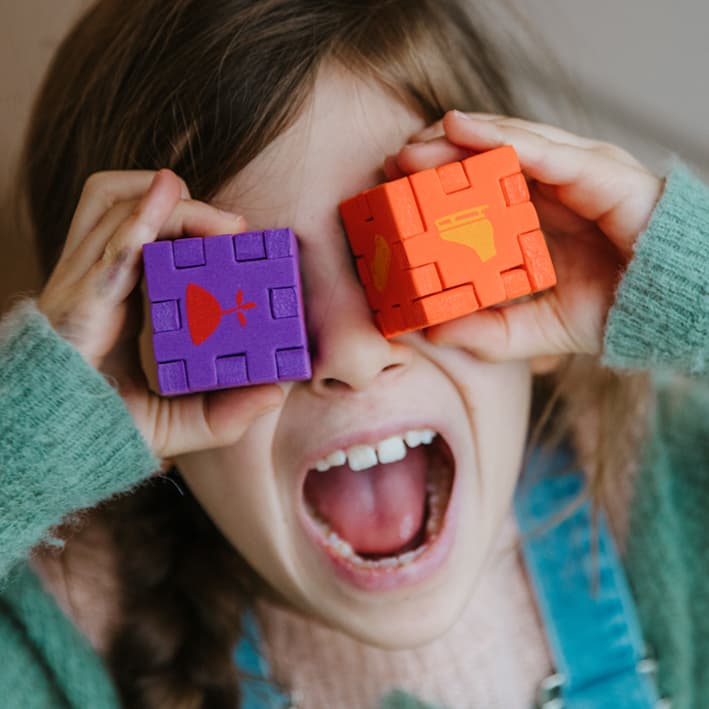The positive impact of Smart Toys and Games on children with special needs and disabilities
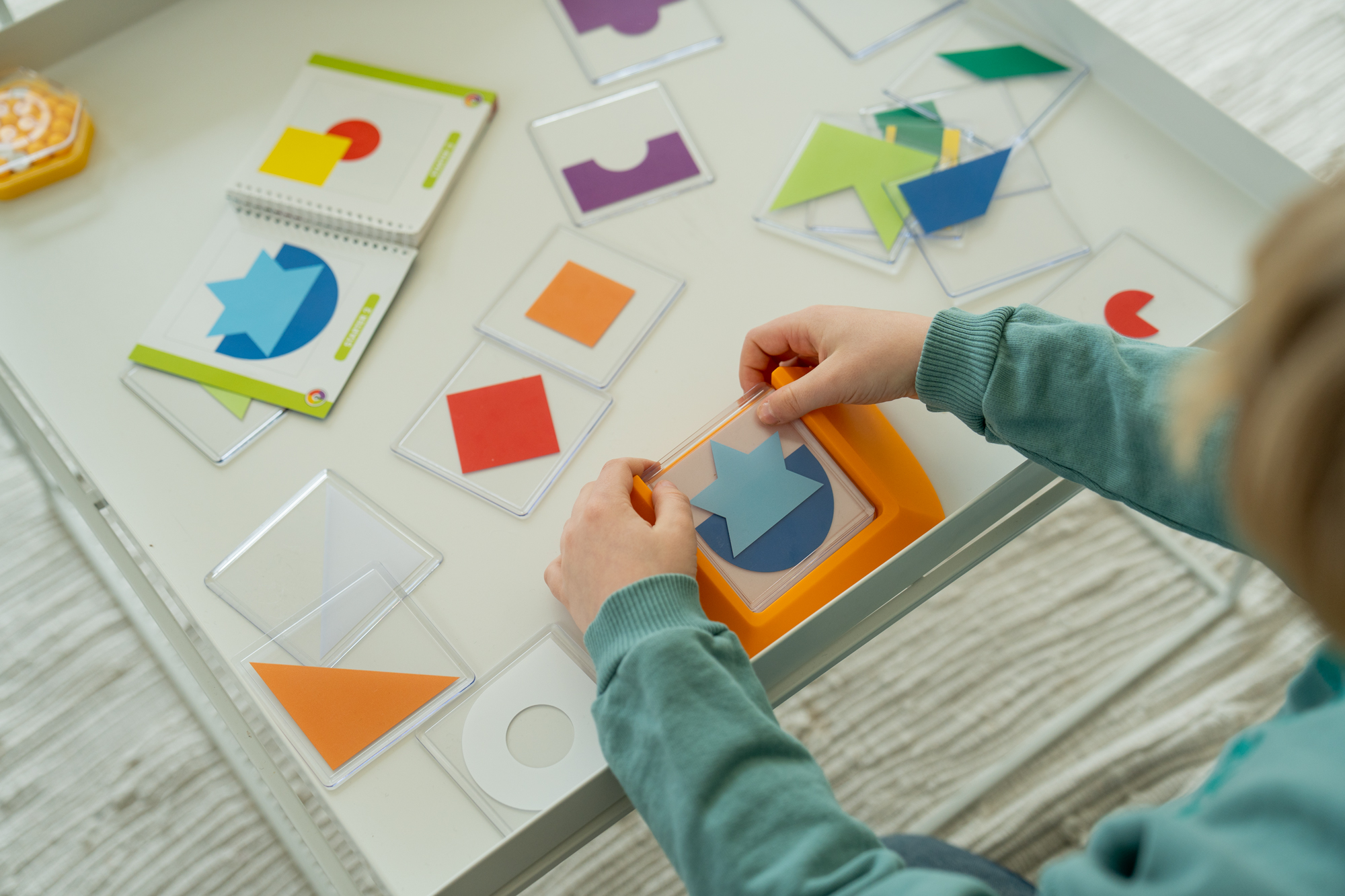
Teacher testimonial from the Year 5 class: - “This is the most focused I’ve ever seen this class since starting the year together in September.”
Introduction:
In a research project in the UK, 36 children between the ages of 8 and 13, each facing unique challenges related to Special Educational Needs and Disabilities (SEND), participated in a 45-minute play session playing with Smart Toys and Games. The diverse group included children with Autism Spectrum Disorder (ASD), Attention Deficit Hyperactivity Disorder (ADHD), Moderate Learning Difficulties (MLD), Speech Language & Communication Difficulties (SLCD), as well as additional observations of Down Syndrome, Cerebral Palsy, Visual Impairment, and Acute epilepsy.
Play Session Dynamics:
During each play session, the children had the freedom to choose from seven different games, including Colour Code, Three Little Piggies, Dinosaurs: Mystic Island, Parking Puzzler, Squirrels Go Nuts, Jump In, and My First Totem. Notably, the engagement levels were high, with only an average of one child per class not participating. They also did not have to play if they did not want to. Overall, the children were focused and engaged by playing the intended game creating their own patterns or using their imagination while playing with the pieces.
Game Choices and Preferences:
A thorough analysis of game choices revealed intriguing patterns. While Colour Code was not the most popular first choice, it gained popularity in subsequent rounds, indicating a growing appeal over time. Parking Puzzler, initially a favourite, saw a decline in interest after the first play. Three Little Piggies and Dinosaurs maintained consistent popularity, with Piggies emerging as an overall favourite. Squirrels Go Nuts gained popularity as a second choice but lacked appeal as a third choice.
Repetition and Favourites:
The frequency of repeated game choices highlighted interesting dynamics. Colour Code stood out as the only game chosen for all three sessions, capturing a child's attention for an extended period. Dinosaurs, despite being chosen fewer times, demonstrated significant interest by being played twice by multiple children. In the voting for the favourite game, Colour Code emerged as a clear winner, while Squirrels Go Nuts, despite being frequently chosen, did not secure a spot as a favourite. Parking Puzzler's popularity among boys in Year 7 was attributed to its theme of "cars."
Teacher Questionnaires and Ratings:
Teachers, providing valuable insights, completed questionnaires assessing the games. Despite only eight questionnaires being returned, the games were played frequently during child-directed free play. Teachers praised the quality of the materials and design of the games. In terms of functionality, Colour Code received the highest ratings across fun, ease of use, and learning/development categories. Jump In was deemed challenging to explain but rated highly for fun and learning. Parking Puzzler's initial interest waned, and My First Totem, designed for younger children, surprisingly resonated with older SEND children.
A Note About SEND:
The study emphasizes the diversity within the SEND umbrella, acknowledging the varied manifestations and combinations of conditions. Recognizing the individuality of each child with SEND, the research provides indicative insights into game suitability, understanding that preferences may vary based on cognitive abilities and personal characteristics.
Conclusion:
This research project offers a comprehensive exploration into the play experiences of children with SEND. By uncovering game preferences, repetition patterns, and teacher evaluations, the study contributes valuable information for educators, game developers, and caregivers, fostering a better understanding of how games can be tailored to meet the diverse needs of children with SEND.






